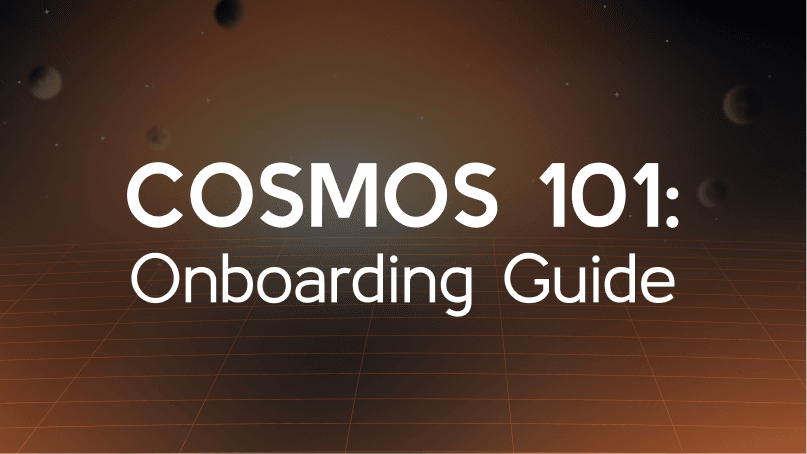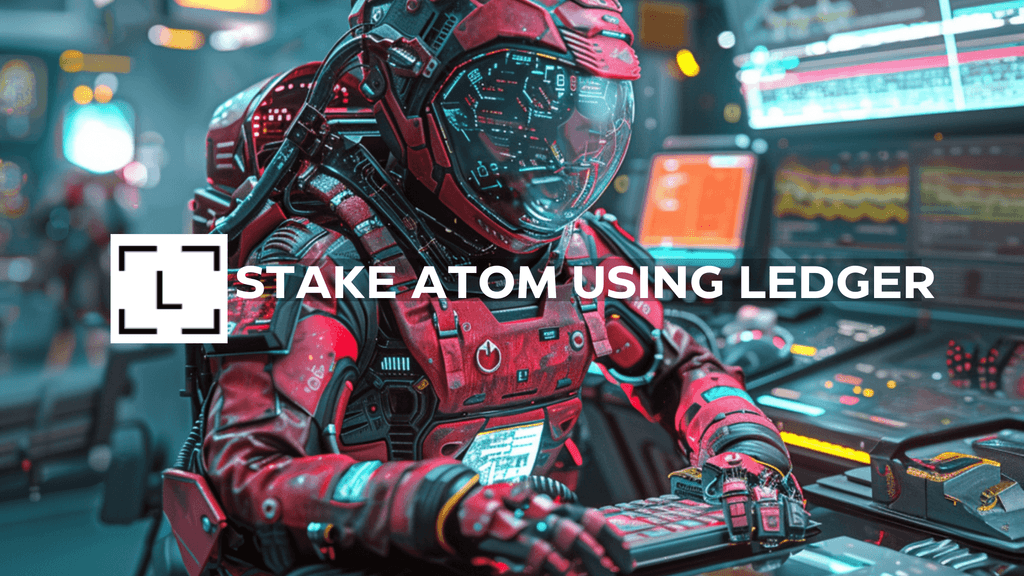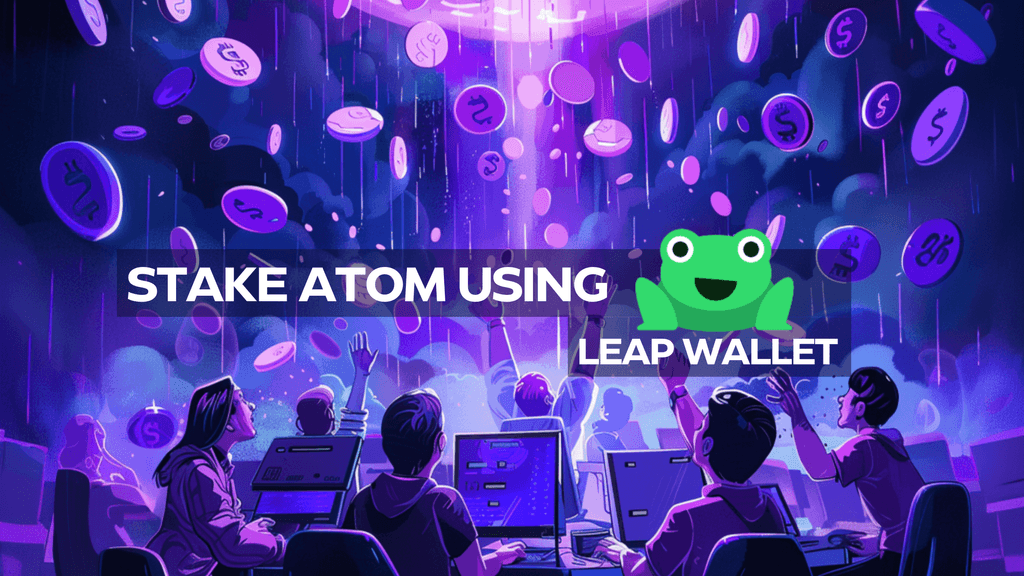Introduction
Welcome, future space explorer! You’re about to embark on a journey through the Cosmos, but this isn’t your typical space expedition. This Cosmos is an ever-expanding ecosystem of interoperable and sovereign blockchains, each with their own native token. These blockchains are built using the Cosmos SDK and connected through the Inter-Blockchain Communication (IBC) protocol. It’s a universe where different blockchains can communicate with each other, creating a network of networks, or as we like to call it, an ‘Internet of blockchains’.
Your Space Suit: The Wallet
Before you can start exploring, you’ll need your space suit, or in the Cosmos, your wallet. Just like a space suit keeps an astronaut safe and connected to their spaceship, a Cosmos wallet helps you interact with Cosmos-based blockchains easily and intuitively. Each blockchain in the Cosmos has its own native token, and your wallet is where you’ll store these tokens. Wallets like Tabu, Leap, Keplr, Cosmostation, and xDeFi (just to name a few) are wallet are designed to interact with the Cosmos ecosystem, providing a secure and user-friendly interface.
Fueling Up: Tokens
In the Cosmos, your spaceship doesn’t run on rocket fuel; it runs on tokens. Each blockchain in the Cosmos has its own native token, with ATOM being the most well-known as it is the native token of the Cosmos Hub. Tokens are used for a variety of purposes in the Cosmos, from staking (we’ll get to that soon) to governance. Most importantly however, they’re actually literally used as something known as “gas” which is the fee that users have to pay to do anything on chain, commonly called a TX fee (TX meaning “transaction.”) They’re an essential part of the ecosystem, so make sure to fuel up!
The Cosmos Engine: Staking and Proof of Stake
Now that you’ve got your space suit and fuel, let’s talk about the engine that powers your journey through the Cosmos: staking and the proof-of-stake (PoS) system. Staking is the process of locking up a digital asset (like ATOM) to provide economic security for a public blockchain. This deposit is used to validate transactions and secure the network. In the Cosmos, the probability of validating a block of transactions is proportional to the amount of tokens a participant holds. It’s like having a spaceship with a more powerful engine because you’ve got more fuel. However, for end users, two main aspects matter:
- The more tokens you have staked, the more you earn, as staking rewards are paid out as a flat (although dynamic & ever-changing) percentage, relative to how much you have staked.
- The percentage reward is directly proportional to the amount of token in existence that are NOT staked. When you are staking an L1 token, you can think of the rewards you earn as coming from those who are NOT staking their tokens. The fewer ATOM that are staked, the more return those who are staking it will receive.
Navigating the Cosmos: Validators
In the Cosmos, you’re not alone. There are other space explorers, known as validators, who help navigate and secure the network. Validators run full nodes and participate in consensus by broadcasting votes, which contain cryptographic signatures signed by the validator’s private key. They are the alternative to “miners” in Proof-of-Stake systems. Validators are able to enter the “active set” based on the amount of ATOM they have staked and the amount staked to them by other token holders.
They play a crucial role in the Cosmos, so it’s important to choose validators wisely if you decide to delegate your tokens. In Cosmos, each chain is able to set the number of validators in their active set, so some chains may allow as many as 150 validators, while others may run on as few as 50. Being active is determined by how many tokens are staked to your node, and in order to be in the active set, a validator must have enough tokens to be within the top X amount of validators, X being the size of the active set for any given chain.
Steering the Ship: Governance
Finally, let’s talk about who’s steering the ship. In the Cosmos, that’s the job of the governance mechanism.
Governance in the Cosmos is a decentralized process for making decisions, including changes to consensus parameters and spending funds from the community pool.
Anyone can put up a governance proposal, but it requires a minimum deposit of 512 ATOM within a 2-week voting period, at least for the Cosmos Hub. Each chain sets its own parameters for this, and requires deposits in its own native currency. Once the minimum communal deposit is met, the proposal enters the voting period, where token holders can vote on it. This democratic process ensures that all voices in the Cosmos can be heard and that the direction of the ecosystem is decided by its participants. One important note is that if a staker does NOT vote on a certain proposal, the validator they stake their tokens with is able to vote on their behalf, and other idle delegates’ behalfs. This is why it’s important to pick a validator you align with. In this way, they’re somewhat akin to the electoral college or other representative roles in traditional governments.
Conclusion
And that’s it! You’re now ready to start your journey through the Cosmos. Remember, the Cosmos is a vast and ever-expanding universe, so there’s always more to explore. So buckle up, and enjoy the ride!



